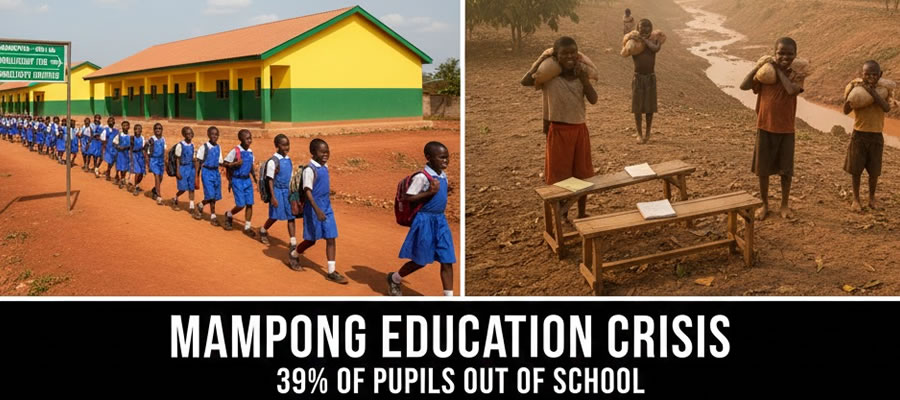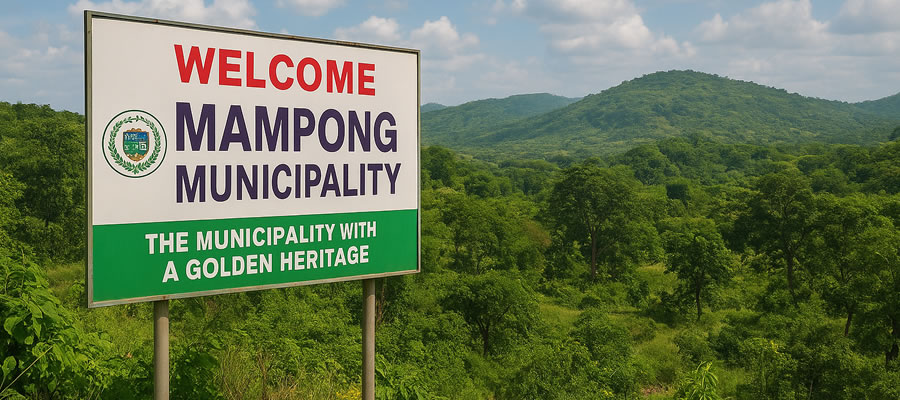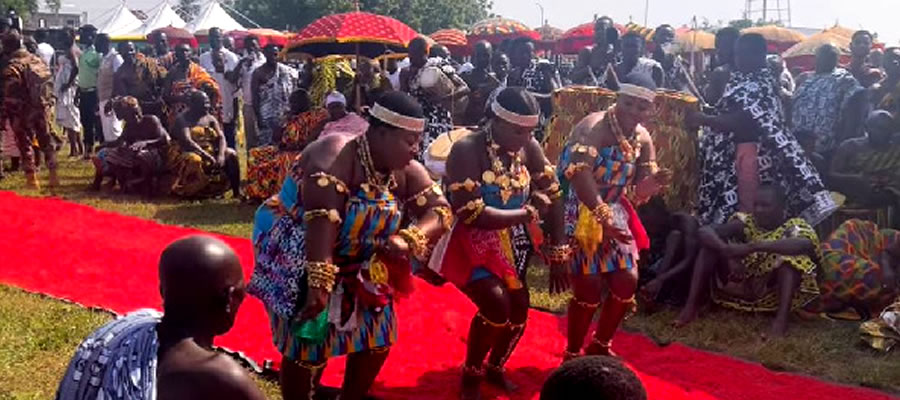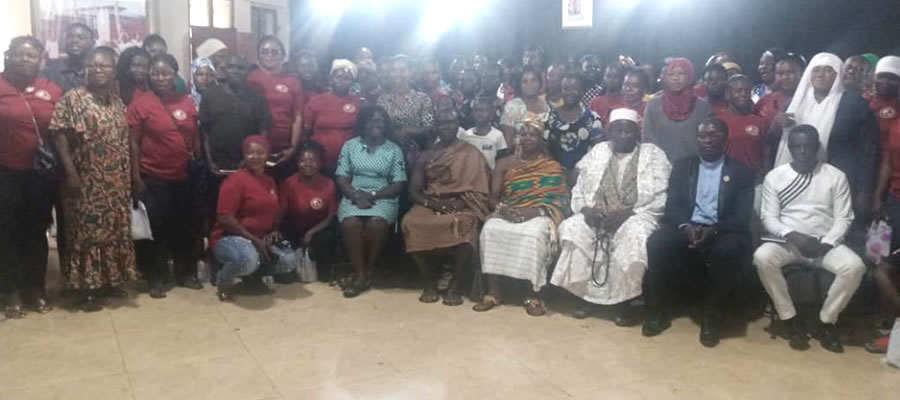

Location and Size
Mampong, which is one of the Twenty-Seven (27) Administrative Districts in the Ashanti Region of Ghana, is located on the northern part of the region, and shares boundary with Atebubu District, Sekyere East, Afigya-Sekyere, and Ejura-Sekyeredumasi to the north, east, south, and west respectively.
The Municipality is located within longitudes 0.05 degrees and 1.30 degrees west and latitudes 6.55 degrees and 7.30 degrees north, covering a total land area of 2346km2. It has about 220 settlements with about 70 percent being rural. The rural areas are mostly found in the Afram Plains portion of the Municipality where Communities with less than fifty (50) people are scattered here and there.
Vegetation
TheMunicipality has a vast forest with many different species of tropical hardwood, which have high economic values. The vegetation of the district is fast becoming degraded. The forest and farmlands have been destroyed due to fast depletion of trees for charcoal production, poor farming practices, timber operations, and bush fires.
The total forest reserve in the district in 1990 was 782.0km2 and off forest reserve was 1,336.78 km2. As the rate of decrease in the forest falls between 3.0% and 10% with an average of 7.0% per year for the past ten (10) years, the district is now left with about 161.07sqkm Forest Reserves and 78.20sqkm off reserves.
Many rivers in the Municipality are drying up because of the high rate of deforestation and the district is experiencing fast rate of depletion of economic trees and wildlife. Similarly, the areas, which used to be the main source of food supply in the district are currently experiencing falling trend in food production due to destruction of farmlands. Again, large quantities of economic trees and medicinal herbs are cut for charcoal production resulting in loss of flora and fauna and the district is also prone to bush fires due to unprofessional method of charcoal burning.
Forest Reserve
The Kogyae Reserve is the main Forest Reserve in the Municipality occupying a total area of 115sqkm. Hunting, felling off trees and other human activities are not allowed in the Forest Reserves.
The Forest was created mainly for:
•Preserving the timber and wildlife resources
•Preserving the climate of the area
•Checking soil erosion
•Protecting water resources
•Preventing the southward expansion of the savannah vegetation
Other Reserves in the Municipality include the Kyirimfa, Offin, Head water Reserve, Ogun and Adom Reserves. Together, they occupy a total land area of 161.07sqkm.
Soil and Agricultural Land Use.
The Municipality exhibits 5 major soil types. These are the Budewa-Sutawa Association, Ejura-Denteso Association, Nyankpala-Kpelesawgu-Volta Association, Denteso-Sene Association and Dukusen-Bramba Association.
The Budewa-Sutawa Association
The soil is located in the South-Westem and North - Eastern half of the District. It is made up of about 30cm of dark, brown, humus sandy loam top soil overlying red well drained deep sandy clay loam subsoil free of gravels and concretions. It is suitable for the cultivation of arable crops like maize, yams, cassava, plantain and legumes, and also suited to extensive mechanized farming.
The Eiura-Denteso Association
These series are located in the North-Eastern half of the Municipality. They are well drained red permeable and good agricultural soils suited to both hand and machine cultivation. They are used extensively for the production a variety of crops like maize, yams, cassava. tobacco, groundnuts and many others.
The NyankpaIa-Kpelesawgu-Volta Association
These occur on gently sloping summits and mainly found in the Northern half of the Municipality. They are brown, yellowish and drained but are marginal in agriculture usage due to their shallow depth to iron, stone concretions and iron pan. They are used for shallow rooted crops such as groundnuts, maize and grasses for pasture and also for ice and vegetable production.
Denteso-Sene Association
This series are found in the North-Eastern section of the Muncipality. They are pinkish grey, deep, poorly drained and slightly permeable. They are suited for paddy rice, sugarcane and vegetable cultivation.
Dukusen-Bramba Association
This series occupy the South - West and South - Eastern part of the Municipality. It is deep, grey, imperfect and poorly drained and salty. The soils support pasture satisfactorily and also sugarcane and vegetable production.
Date Created : 2/14/2018 5:21:13 AM












 facebook
facebook
 twitter
twitter
 Youtube
Youtube
 +233 593 831 280
+233 593 831 280 0800 430 430
0800 430 430 GPS: GE-231-4383
GPS: GE-231-4383 info@ghanadistricts.com
info@ghanadistricts.com Box GP1044, Accra, Ghana
Box GP1044, Accra, Ghana